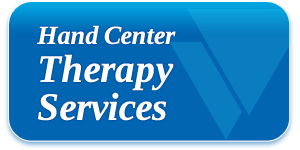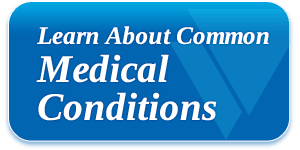What is Trigger Finger?
Trigger finger or tenosynovitis is inflammation of the tendon. The flexor tendons are the terminal extensions of the forearm muscles. The tendons enter the hand through the wrist and insert on the bones of the fingers to produce flexion or bending. They glide smoothly in tunnels with narrow sections called pulleys. The pulleys function to maintain the tendons within the tunnels. At times the tendons may develop a discrete nodule or swelling. The smooth gliding of the tendon within the tunnel is interrupted as the tendon becomes stuck at the narrow portions of the tunnel. The narrow portions correspond to the pulleys. Patients describe a locking, popping or catching sensation associated with pain when the tendon becomes caught. Initially, patients may think there is a problem with the finger knuckle not realizing the problem lies with the tendon. At times the triggering may be so severe that the other hand must be used to straighten the locked finger.
What causes trigger finger?
Specific causes for trigger finger are not entirely clear, but can be associated with other conditions such as gout, osteoarthritis, diabetes, and rheumatoid arthritis.
What are the signs and symptoms?
Initially, the patient may feel pain or tenderness in the palm. A knot or nodule can be felt in the palm as well. More than one finger or either hand can be affected by the condition including the thumb.
What is the treatment?
Initially, trigger finger can be treated conservatively with oral anti-inflammatory medication and splinting. Local steroid injections are offered if the patient does not respond to conservative treatment. A series of injections may be necessary to allow complete resolution of symptoms. Lastly, operative intervention becomes necessary in those patients who fail to respond to injections and remain symptomatic.
The goal of surgery is to cut the narrow portion of the tunnel in order to provide room for the enlarged tendon to pass through freely. After surgery, patients may begin active movement of their finger. Post-operative pain is minimal in most patients. Physical therapy may be necessary following surgery in some patients.



